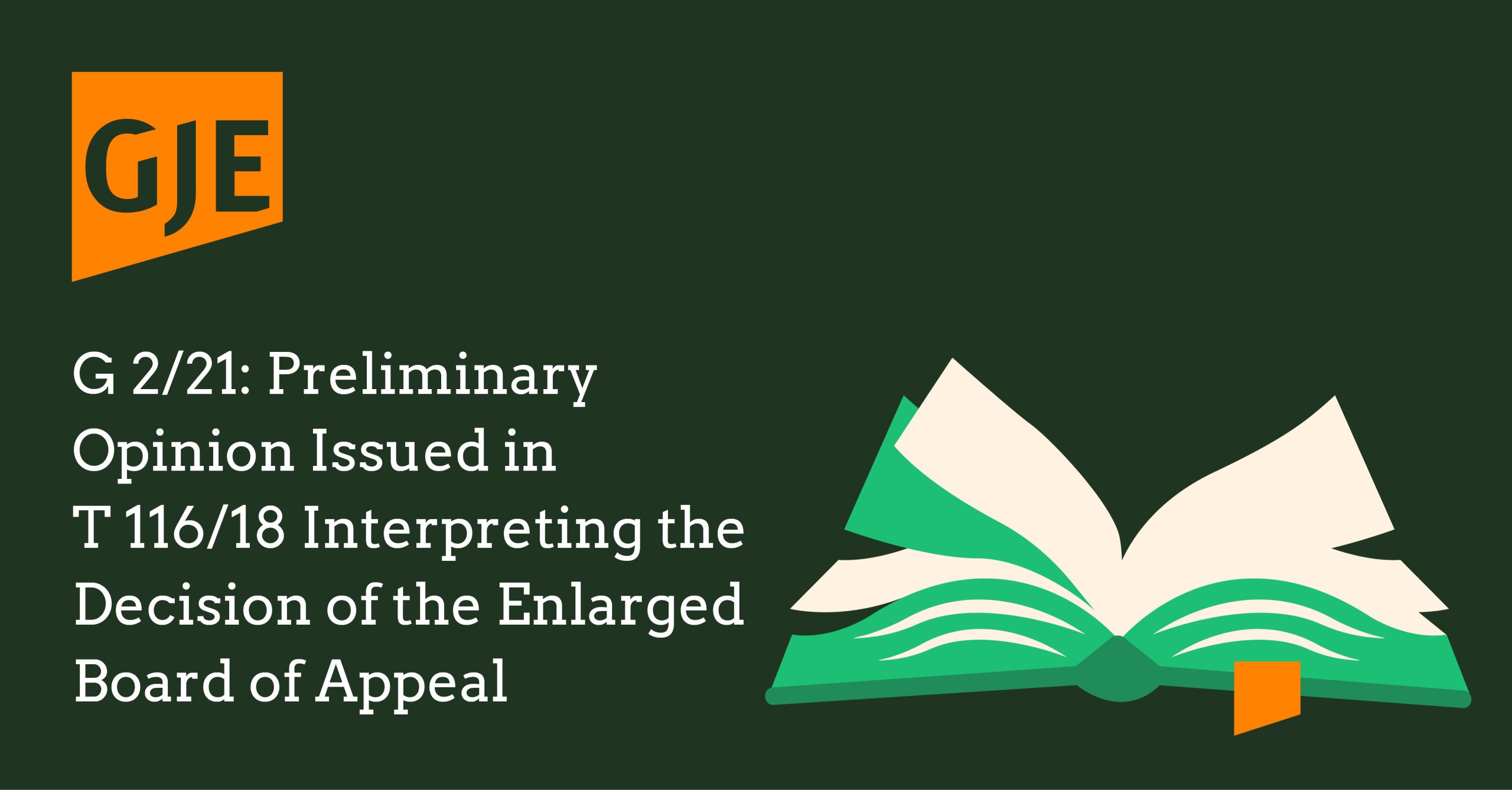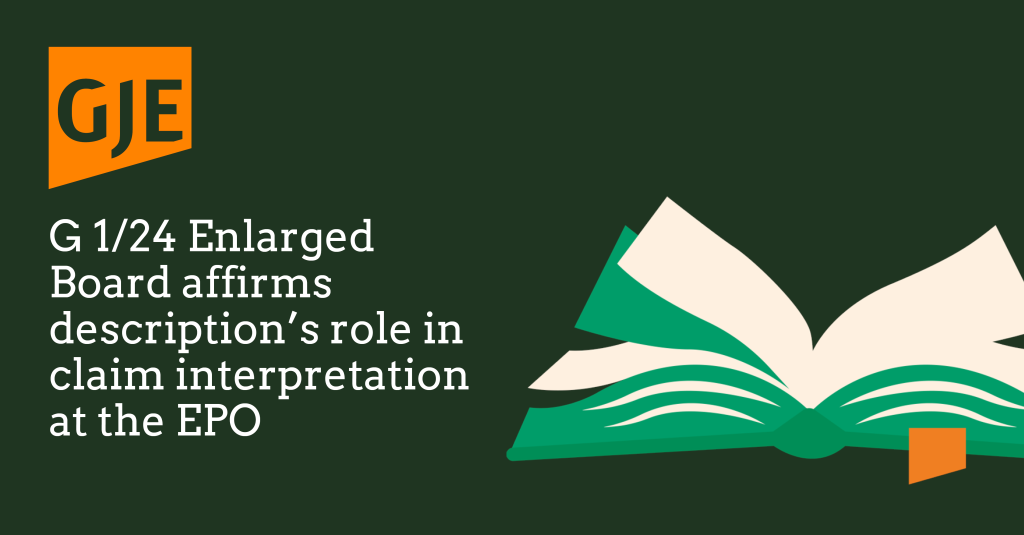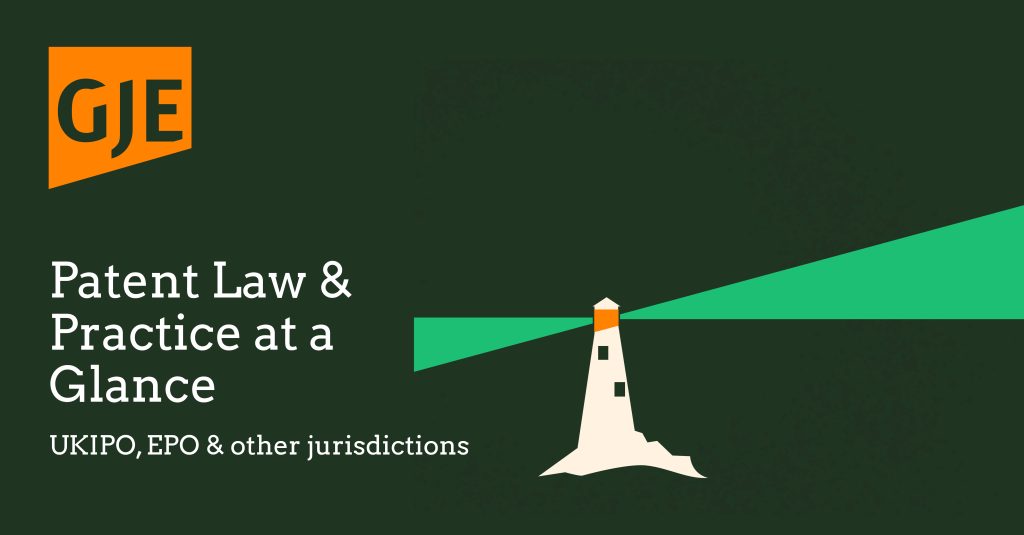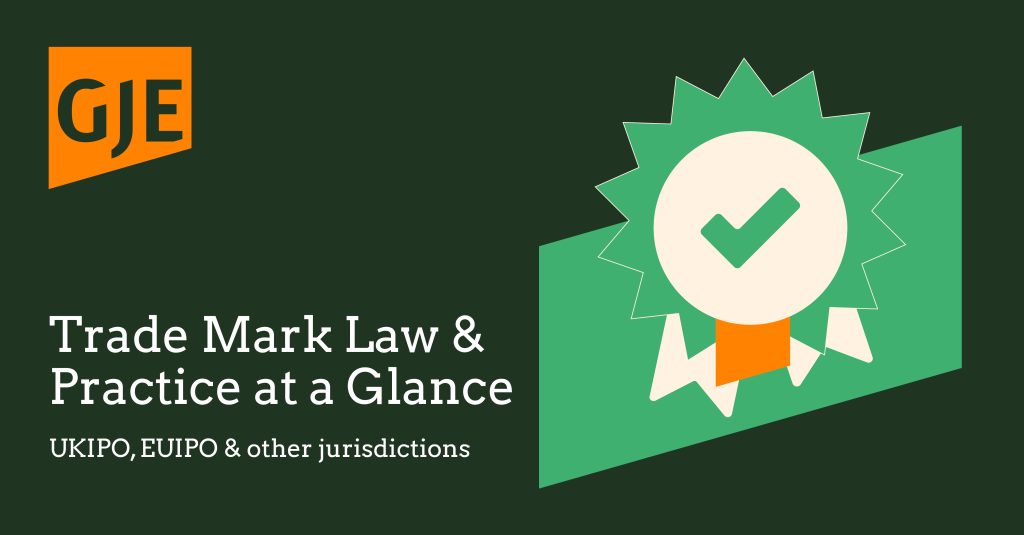
The Board of Appeal in T 116/18, which brought about the G 2/21 referral to the Enlarged Board concerning whether post-published evidence can be used to prove the existence of a technical effect in the assessment of inventive step, has now issued its preliminary opinion interpreting the guidance that has been handed down.
Arnie Clarke and Tom Blackburn provide an update on the case ahead of the oral proceedings scheduled for 28 July 2023.
The Decision
As a brief reminder, the Enlarged Board in G 2/21 concluded that:
- Evidence submitted by a patent applicant or proprietor to prove a technical effect relied upon for acknowledgement of inventive step of the claimed subject-matter may not be disregarded solely on the ground that such evidence, on which the effect rests, had not been public before the filing date of the patent in suit and was filed after that date.
- A patent applicant or proprietor may rely upon a technical effect for inventive step if the skilled person, having the common general knowledge in mind, and based on the application as originally filed, would derive said effect as being encompassed by the technical teaching and embodied by the same originally disclosed invention.
The Interpretations
In interpreting the guidance, the Board of Appeal in T 116/18 has requested that the parties “reflect on its meaning and impact on the present case”, and suggested that at least two different interpretations of the decision are possible:
“According to a first possible interpretation, the answers of G 2/21 could be understood as follows: post-published evidence cannot be disregarded solely on the ground that it was not published before the filing date of the patent and was filed after that date (answer to question 1). However, the effect which this evidence addresses cannot be relied upon in the formulation of a technical problem if it was not plausible/credible or not implausible in view of the application as filed supplemented by the common general knowledge (answers to questions 2 and 3). In other words, it may be argued that the Enlarged Board has endorsed at least the ab initio plausibility and ab initio implausibility lines of case law by formulating the same criterion for both lines and stating that this criterion would have led to the same result as (im-) plausibility considerations in the respective cases (G 2/21, points 71, 72, 93 and 94 of the reasons). Therefore, a first possible interpretation appears to be that a patent proprietor can rely upon a technical effect and that post-published evidence filed as proof thereof … can be taken into account provided that the effect is credible/plausible/not implausible for the skilled person having regard to the application as filed and the common general knowledge.” (paragraph 4.1, emphasis added)
“A second possible interpretation may be that a patent proprietor can rely upon a technical effect and that post-published evidence filed as proof thereof can be taken into account provided that this effect is derivable from the application as filed and (thus) does not change the nature of the claimed invention. This would be the criterion that has been applied in decisions which focused only on whether the effect was disclosed in the application as filed, irrespective of whether the effect was plausible/not implausible/credible at the filing date (T 440/91 (point 4.1 of the Reasons), T 851/11 (point 4.2.2 of the Reasons), T 1422/12 (catchword and point 2.3.2 of the Reasons), T 235/13 (point 2.6 of the Reasons), T 31/18 (point 2.5.2 of the Reasons)). Therefore, under this approach, it would be neither necessary nor relevant to ask whether the effect relied upon was plausible/not implausible/credible to the skilled person at the filing date. Contrary to the above, this approach would mean that the case law on plausibility would no longer be applicable. This would be true for both standards identified by the board (type I and type II) in the referring decision (points 13.4 and 13.5 of T 116/18).” (paragraph 4.2, emphasis added)
The Board of Appeal also acknowledged that further interpretations may be put forward by the parties, but that “a decision as to which interpretation is correct would only become relevant if the interpretations would lead to different results in the present case”.
What Does This Mean?
The first interpretation appears to show that the Board understands “plausible” and “not implausible” to mean the same thing, and that this means there is no real difference between ab initio plausibility and ab initio implausibility. In practice this probably means “no ab initio implausibility” is what applies. This would rule out the possibility that whatever the patent says is taken at its word. Rather, it seems that post-filed data can be used as long as there is nothing in the application or common general knowledge which contradicts what the applicant or patentee is now alleging as the effect.
The second interpretation suggests that there has to be some hint or disclosure of the specific effect now being relied on. Without something that is explicitly “derivable from” and “disclosed in” the application, the effect cannot be taken into account for inventive step.
Looking Ahead
The multiple different possible interpretations of the guidance of the Enlarged Board highlight the uncertainty that currently surrounds the decision. The oral proceedings will provide an opportunity to gain further insight into how the principles of G 2/21 will be applied in practice, and we will be following these proceedings closely.
If you would like to find out more about G 2/21 and its potential impact on your business, please get in touch with Arnie Clarke, Tom Blackburn, or email us at gje@gje.com.




